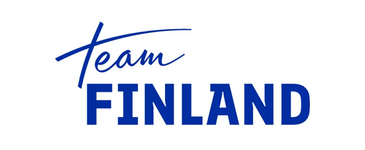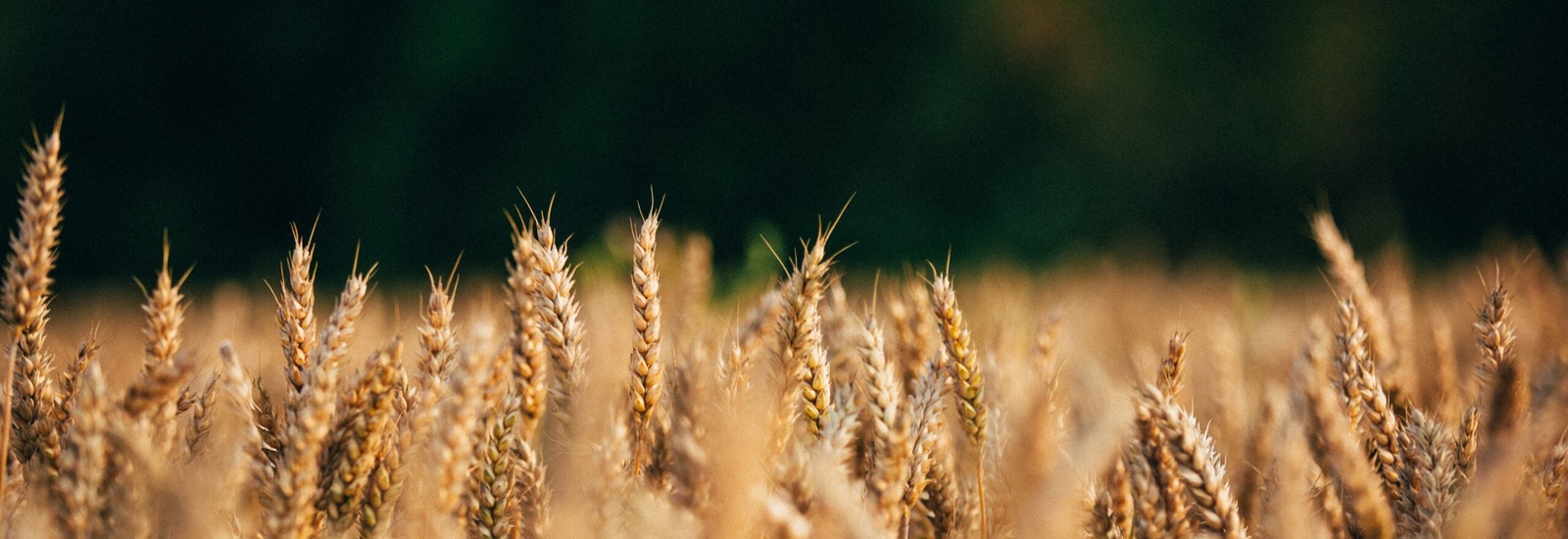Nutrient recycling in Finland
Indicator of the recycling of the nutrients
In nutrient recycling, the aim is to return nutrients, especially nitrogen and phosphorus, from biodegradable side streams and waste streams from agriculture, industry and communities for utilization, mainly for plant production, but also for other purposes that require nutrients. Since biodegradable, nutrient-rich biomass is usually also rich in organic matter, its circulation is also an essential part of nutrient recycling.
The indicator of nutrient recycling is divided into three parts: the potential for nutrient recycling, the processing and agricultural use of nutrient-rich biomasses, and the production of recycled fertilizer products. The information presented is used to describe the potential of nutrient recycling and the current situation. The indicator shows the amount (mass) of biomass and their amounts of organic matter, nitrogen and phosphorus regionally. The results of the indicator were published for the first time at the end of 2022 and they were updated in autumn 2023.
The regional nutrient recycling potential can be examined by biomass and by ELY (the Centre for Economic Development, Transport and the Environment ELY) area. The variables to be selected are total biomass, total organic matter, and total nitrogen and phosphorus amount. The processing of biomass aims at more accurate recovery of energy and nutrients.
During processing, losses are also generated (e.g. evaporation of water, decomposition of organic matter and nitrogen losses). On the other hand, losses during storage of biomass and products processed from biomass have not been taken into account. The processing and ending up of biomass for either agricultural or other uses has been visualised with the help of flowcharts.
The processing of biomass into fertilizer products is promoted in order to improve nutrient separation and concentration and thus transportability. However, the transport of biomass and finished fertilizer products from one area to another is difficult to trace due to fragmented reporting practices.
Source: Ravinteiden kierrätyksen indikaattori | Luonnonvarakeskus (luke.fi)
The Finnish Bioeconomy Strategy
Bioeconomy is based on the use of renewable resources to produce food, nutrients, energy, products and services. Bioeconomy reduces dependence and use of fossil fuels, enables green growth and create jobs.
Bioeconomy-related businesses can recycle and utilize raw materials in many ways. Bioeconomy can also connect many fields and cross traditional boundaries in new and innovative ways. In fully functioning bioeconomy, the previously unutilized material flows generated in product manufacturing processes can be utilized in other products which minimizes the loss of raw materials and energy.
Finland has its own bioeconomy strategy. The Finnish Bioeconomy Strategy was drawn up by the Ministry of Agriculture and Forestry, the Ministry of Employment and the Economy, and the Ministry of the Environment. The Finnish Bioeconomy Strategy was initially published in 2014 and an updated version of the strategy was published in 2022. The Bioeconomy Strategy extended to 2035 with vision “sustainably towards higher value added”.
In the strategy, attention is paid to the holistic sustainability of the bioeconomy and the fair distribution of benefits and disadvantages in order to promote the wellbeing of society. The methods of the Bioeconomy Strategy are divided under four headings: 1) higher value added from bioeconomy, 2) a strong knowledge and technology base, 3) a competitive operating environment and 4) usability and sustainability of bioresources and other ecosystem services. There are also sector-specific measures in the strategy.
To increase the value added of bioeconomy, the strategy includes implementing an RDI programme for the green transition of bioeconomy, and also promoting the establishment of innovative pilot and demonstration facilities and the industrial-scale plants in Finland. Formulating regional action plans for the bioeconomy is also encouraged.
Sources:
-
Finnish Bioeconomy Strategy – Maa- ja metsätalousministeriö (mmm.fi)
-
Suomen biotalousstrategia. Kestävästi kohti korkeampaa arvonlisää (valtioneuvosto.fi)
Other examples of Finnish programmes and instruments
- The RAKI programme aims to reduce the load on the Baltic Sea by means of the circular economy, to enhance water protection and to improve nutrient and energy self-sufficiency. The programme has funded investments and research, development and innovation (RDI) projects that utilize nutrient-rich biomasses and produce recycled nutrients and renewable energy, for example. The programme creates preconditions for a profitable recycled nutrient market. The RAKI programme is coordinated by the Ministry of the Environment.
More information: Program for Nutrient Recycling – Ministry of the Environment (ym.fi)
- The Programme for Nutrient Recycling coordinated by the Ministry of Agriculture and Forestry consists of a programme to promote research, development and innovation (RDI) activities on nutrient recycling and an investment aid programme for biogas production, manure processing, nutrient recycling and carbon sequestration. Under the programme, broad-based work has been done to promote a circular economy in the use of nutrients and the recovery and reuse of nutrients and energy contained in biomass.
More information: Programme for nutrient recycling – Maa- ja metsätalousministeriö (mmm.fi)
- Operational grants for nutrient cycles are targeted to biogas plants producing biogas and highly processed nutrient products for the market from manure or waste from the management of aquatic vegetation. The aim is to promote the utilization of nutrients in a larger area and the creation of markets for recycled fertilizers products, and to respond to profitability problems related to the processing of biomass. A particular aim is to promote the transfer of nutrients from areas with a phosphorus surplus to be used in areas where such a surplus does not exist.
More information: Operational grants for nutrient cycles – Maa- ja metsätalousministeriö (mmm.fi)
- Another important instrument promoting biogas production are investment subsidies to farms and rural enterprises under the Rural Development Programme, also included in the new CAP plan (2023 – )
More information: https://mmm.fi/ruoka-ja-maatalous/biokaasu (in Finnish)
- Biogas tool is a planning tool to estimate an initial profitability of a potential biogas plant investment. With the Biogas tool, it is possible to estimate the methane production from different feed materials, compare the profitability of different forms of energy production and utilization, estimate the nutrient concentration of digestate as well as estimate the size of the biogas plant investment and its profitability.
More information: Biogas tool (luke.fi)
- Biomass Atlas is a service for mapping, analyzing and reporting biomasses from forest and field, as well as manure and waste biomasses.
More information: Biomass atlas (luke.fi)
Current state of municipal sludge treatment and recovery in Finland
The current state report, published in 2021 compiled statistics on the treatment and utilization of municipal sewage sludge in 2019 and 2020 in Finland. The statistics were mainly compiled using sludge data provided by the treatment plants themselves and data collected from the Finnish Food Authority’s annual declarations. The sludge treatment chains were largely investigated directly from the treatment plants to avoid overlapping in the statistics on sludge volumes.
The total amount of sludge treated by the treatment plants included in this study was approximately 135 000 tonnes of dry matter in 2019 and 2020. Of this amount, almost 90% was processed in the 25 largest plants. The results show that most of the sludge is treated in biogas plants in Finland. In 2019 and 2020, almost 80% of the sludge was digested.
Based on the study, the utilization of sludge has remained at a high level. In total, more than 90% of the sludge was utilized, and the rest was stored or incinerated. About 46% of all sludge were utilized in agriculture in 2019 and 2020.
The share of arable land use has grown from 2015 – 2018. By contrast, the share of landscaping has decreased. According to the results, approximately 40–45% of the sludge was utilized in landscaping in 2019 and 2020. The share of landfill landscaping in sludge utilization was small in 2019 and 2020, a total of 4–7%. A small proportion (2–3%) of sludge utilization for the plants included in this study is unknown. There are large regional differences in utilization methods.

